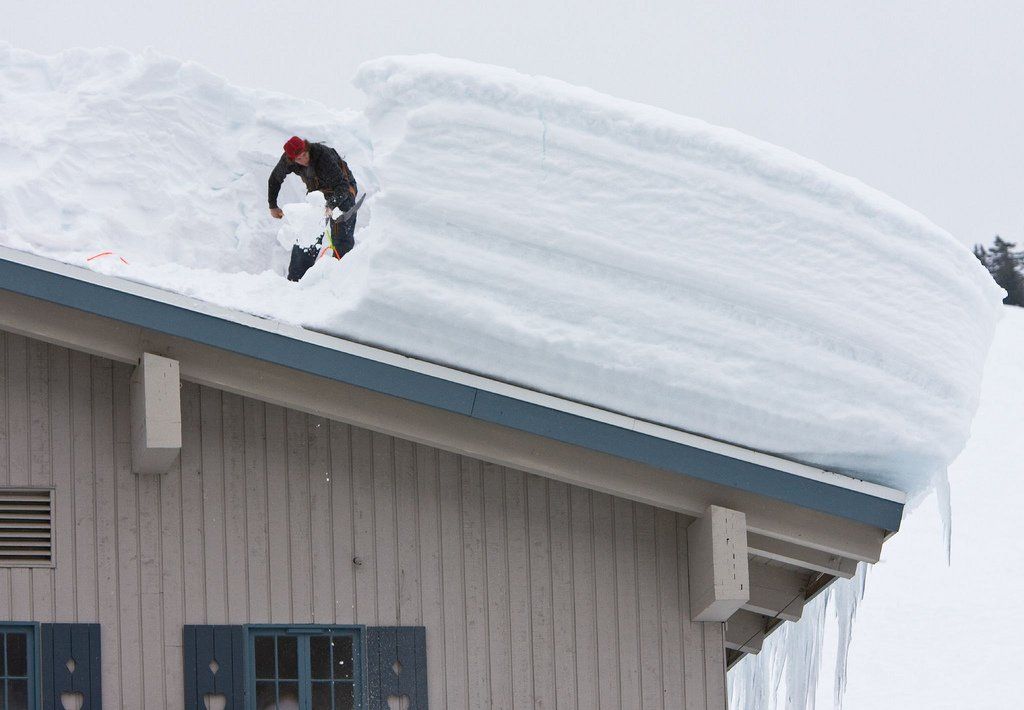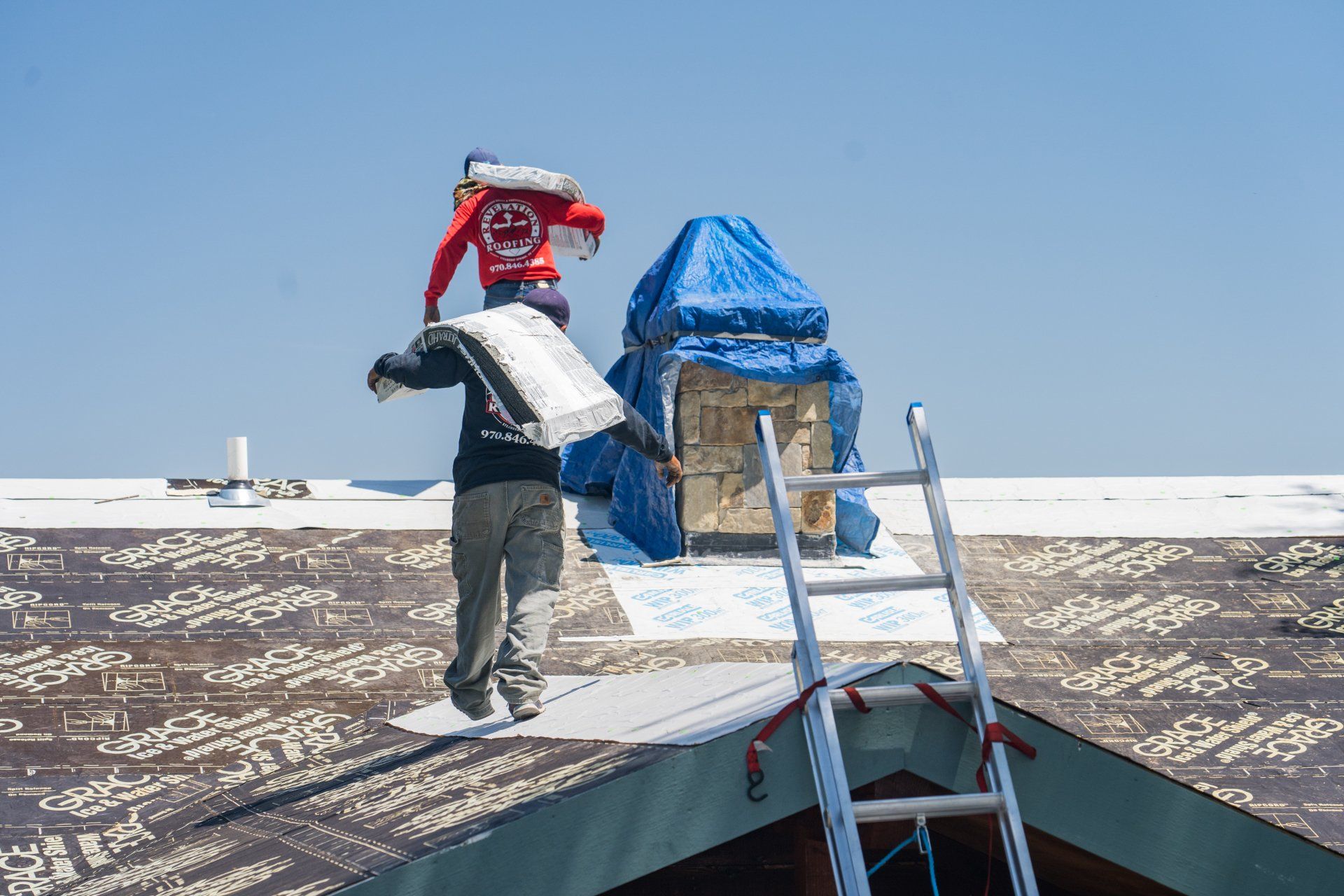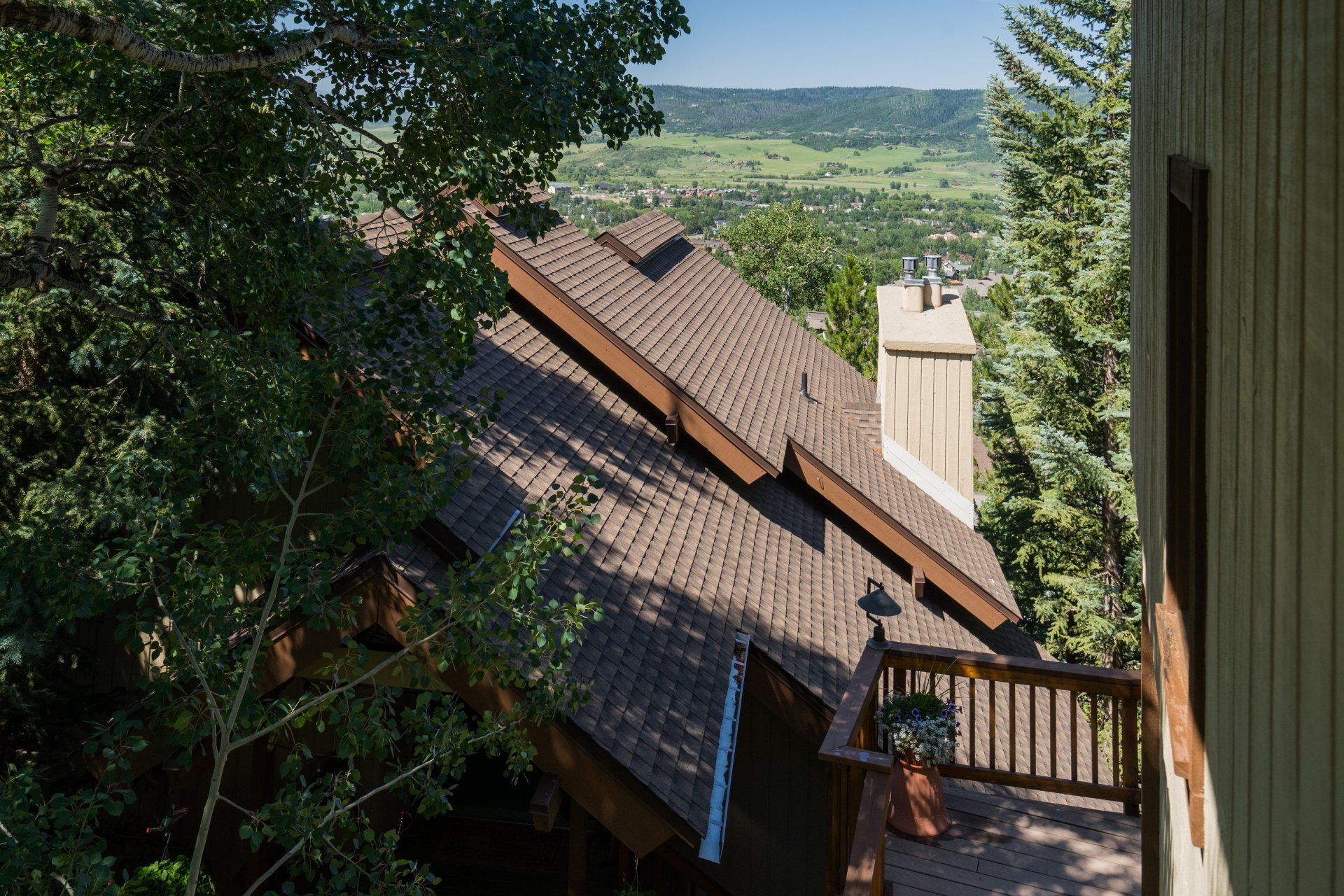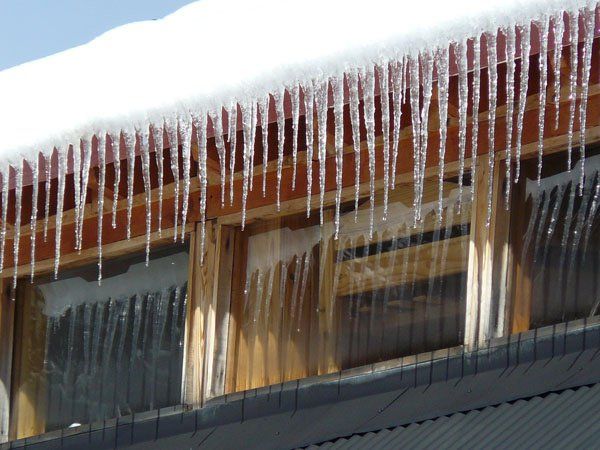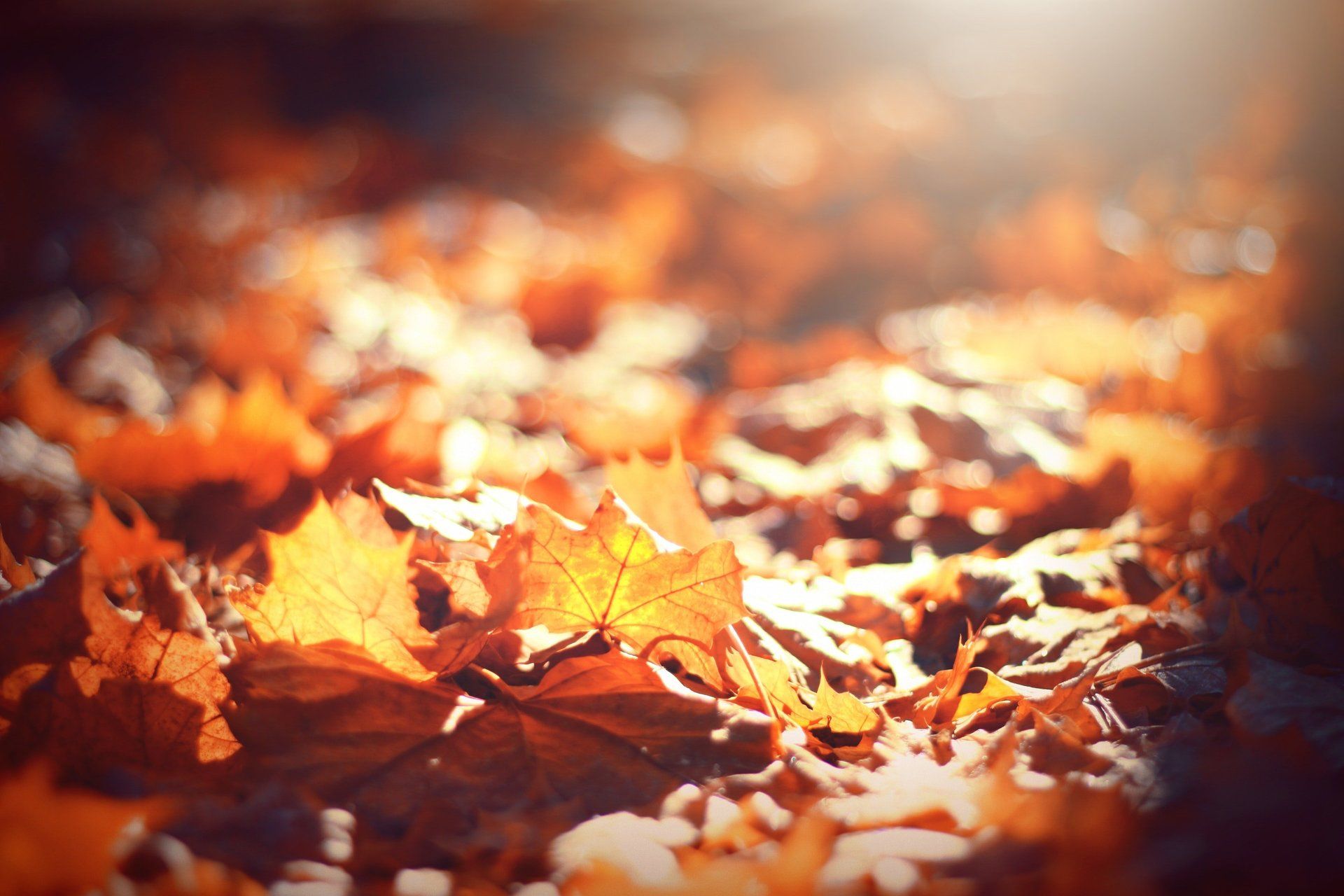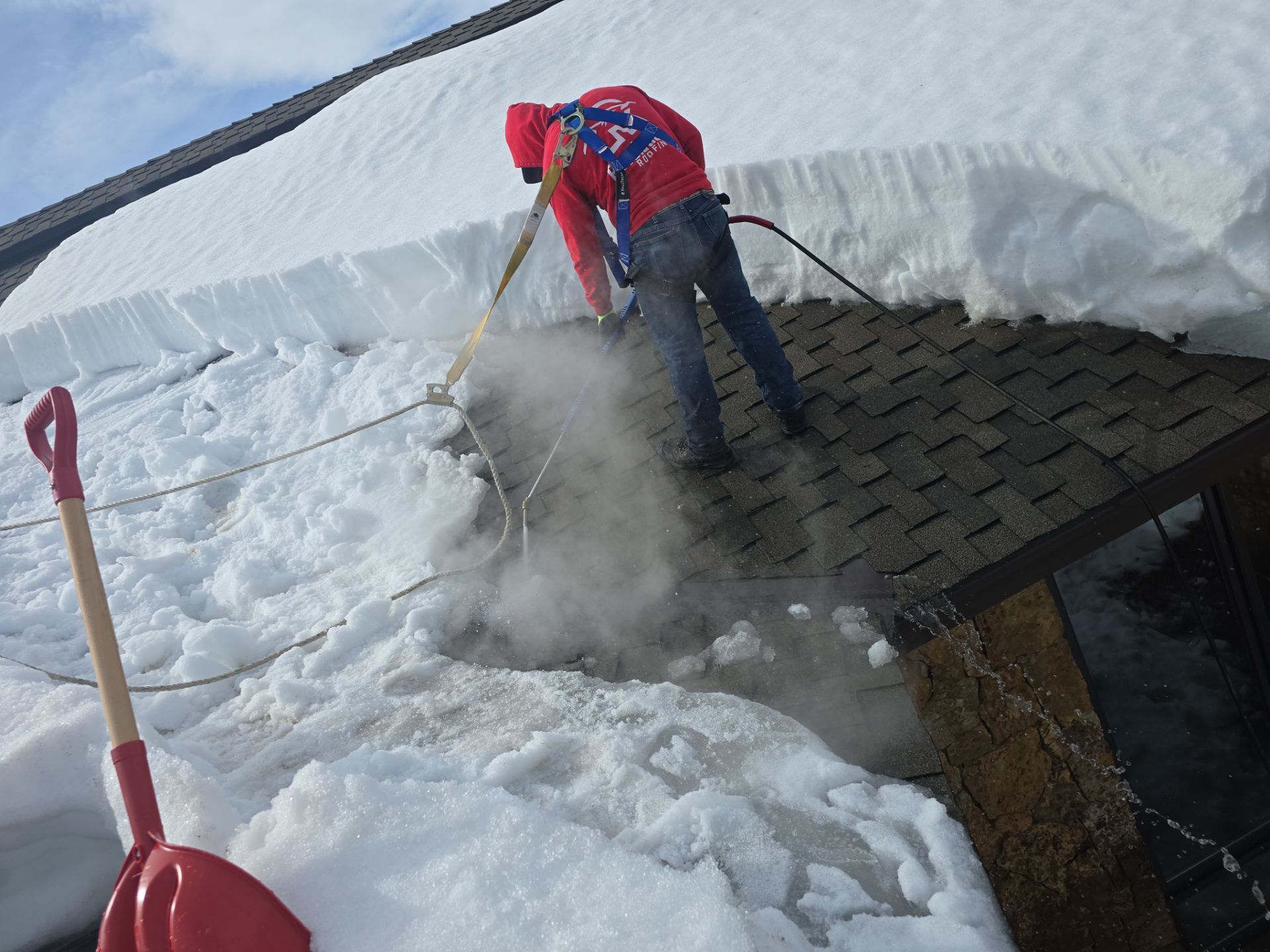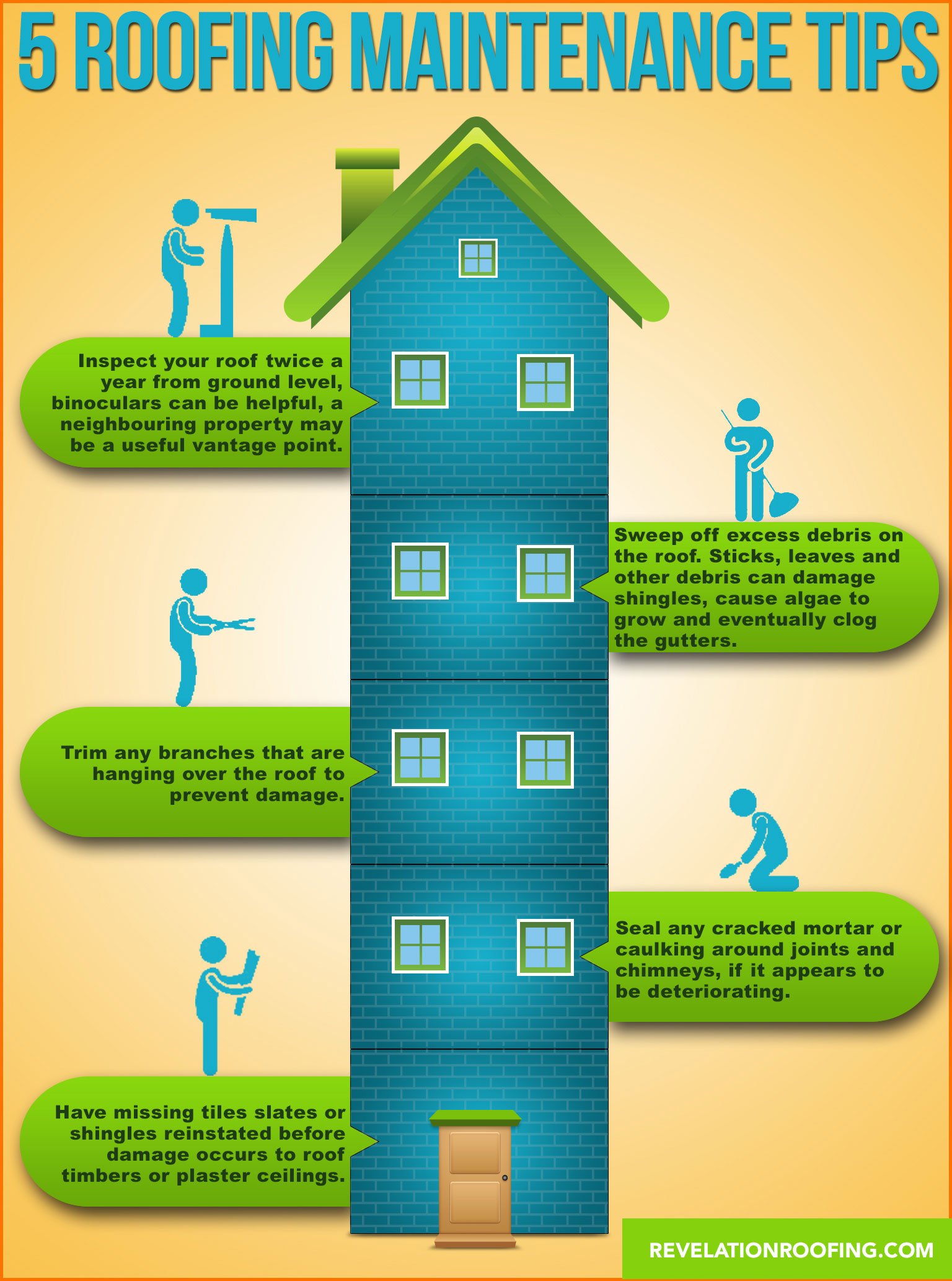Winter Home Maintenance Checklist
There is still plenty of winter left in northern Colorado and, if you haven’t done a thorough home maintenance check yet, now is a good time to do it. It’s best to do most of the following in the fall or early winter, but better late than never!
Home Winter Maintenance Checklist
1. Tune up your heating system. For about $80 to $100, a technician will inspect your furnace or heat pump to be sure the system is clean and in good repair, and that it can achieve its manufacturer-rated efficiency. The inspection also measures carbon-monoxide leakage.
2. Reverse your ceiling fans. If your ceiling fan has a reverse switch, use it to run the fan’s blades in a clockwise direction after you turn on your heat. Energy Star says the fan will produce an updraft and push down into the room heated air from the ceiling (remember, hot air rises). This is especially helpful in rooms with high ceilings — and it might even allow you to turn down your thermostat by a degree or two for greater energy savings.
3. Prevent ice dams. If your home had lots of icicles last winter — or worse, ice dams, which can cause meltwater to back up and flow into your house — take steps to prevent potential damage this year. A home-energy auditor or weatherization contractor can identify and fix air leaks and inadequate insulation in your home’s attic that can lead to ice dams.
4. Hit the roof. Or at least scan it closely with binoculars. Look for damaged, loose or missing shingles that may leak during winter’s storms or from melting snow. If need be, hire a roofing company to make repairs if needed. Check and repair breaks in the flashing seals around vent stacks and chimneys, too.
5. Caulk around windows and doors. Richardson says that if the gaps between siding and window or door frames are bigger than the width of a nickel, you need to reapply exterior caulk. (Check the joints in window and door frames, too.) Silicone caulk is best for exterior use because it won’t shrink and it’s impervious to the elements. Check window-glazing putty, too (which seals glass into the window frame). Add weatherstripping as needed around doors, making sure you cannot see any daylight from inside your home.
6. Clean the gutters. If your gutters are full of detritus, water can back up against the house and damage roofing, siding and wood trim — plus cause leaks and ice dams. Also look for missing or damaged gutters and fascia boards and repair them.
7. Divert water. Add extensions to downspouts so that water runs at least 3 to 4 feet away from the foundation.
8. Don’t prune trees or shrubs until late-winter. You may be tempted to get out the pruning shears after the leaves fall, when you can first see the underlying structure of the plant. But horticulturalists advise waiting to prune until late winter for most plants, when they’ve been long dormant and just before spring growth begins. To get advice specific to your plants and region, consult master gardeners at local nurseries or horticulturalists with your state university’s cooperation extension department.
9. Test your sump pump. Slowly pour several gallons of water into the sump pit to see whether the pump turns on. You should do this every few months, but especially after a long dry season or before a rainy one. For more complete instructions for testing and maintenance, check your owner’s manual. Most sump pumps last about ten years.
10. Call a chimney sweep. If you haven’t already, make sure your fireplace (or any heating appliance burning gas, oil, wood or coal), chimney and vents are clean and in good repair. That will prevent chimney fires and prevent carbon monoxide from creeping into your home. Search for a sweep certified by the Chimney Safety Institute of America .
